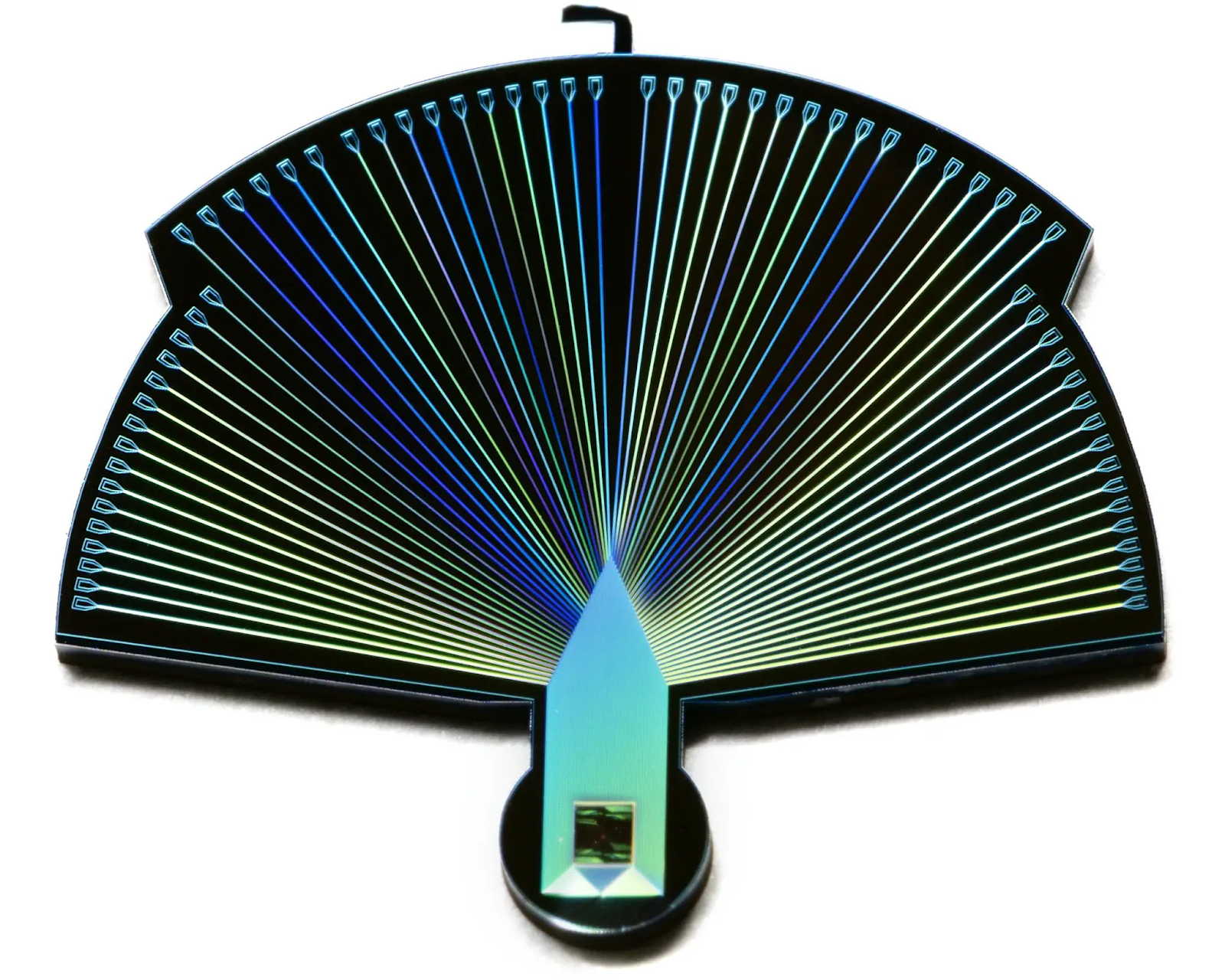Each spectrum's color can act as the individual state in the qubit.
A nanowire photon detector or quantum fan can enable quantum communication. And this kind of quantum antenna can play a key role in quantum communication. Almost anything can form the quantum antenna. And in some models things like rainbows can use to detect quantum messages.
But one thing limits this type of innovation. The idea of that kind of antenna is that when quantum information or qubit interacts with the photons or some other information that travels in the antenna. That causes flash. The thing is that things like different frequencies of electromagnetic radiation in quantum systems can act as the state of the qubit. So each color in the spectrum can act as a qubit's state. And theoretically, the rainbow can act as a quantum antenna.
The system must determine zero-point and keep it stable. Only zero-point. That determined with enough accuracy, can make quantum communication possible. Zero point is important for the system because it can see changes in energy fields. Another thing that the system must measure is the outcoming disturbances. This is one of the reasons why rainbow cannot use in quantum communication.
The system must detect the changes in energy levels and outside effects so that it can use the rainbow as the quantum antenna in natural conditions. The rainbow is the spectrum where each color is a certain wavelength of radiation. And each wavelength or frequency in radiation is a certain state of the qubit.
But changes in radiation's energy level make the use of rainbows as quantum antennas almost impossible. The system should measure the changes in outcoming radiation's energy level. And then subtract those energy levels from the base level. That thing makes it possible to make a hologram that can interact with incoming quantum messages.
https://scitechdaily.com/superconducting-nanowire-photon-detector-could-enable-high-speed-quantum-communication/
https://shorttextsofoldscholars.blogspot.com/





No comments:
Post a Comment
Note: Only a member of this blog may post a comment.